Share
Advice for Aspiring Food Photographers
Photo by Andrew Scrivani In our latest resource, The Professional’s Guide to Food Photography, we interviewed Andrew Scrivani, a former teacher...
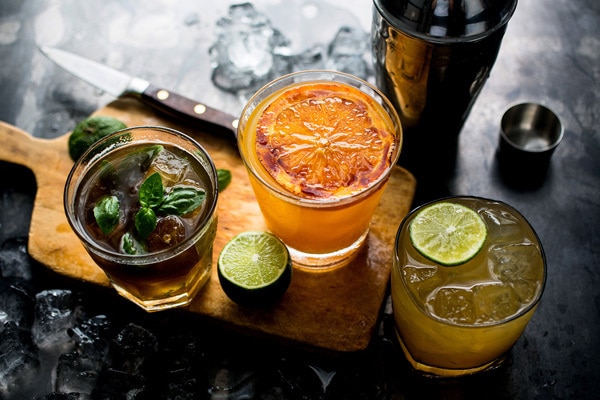
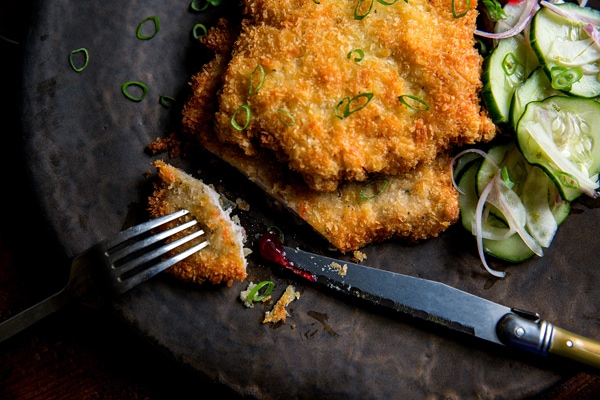
Photo by Andrew Scrivani
In our latest resource, The Professional’s Guide to Food Photography, we interviewed Andrew Scrivani, a former teacher turned food photographer who is best known for his regular editorial work with The New York Times. Other editorial clients include Conde Nast, The Wall Street Journal and Eating Well, and he has shot advertising campaigns for Red Lobster and Sargento Cheese. Based in New York, Scrivani also writes and teaches workshops about food photography.
How did you break into food photography?
I was working as a teacher and administrator in a private school but had been a pretty skilled amateur photographer since college. A lot of my friends were involved in the photo industry so I had made some contacts among editors. One of them happened to find out that I knew how to cook and asked me if I wanted to try to shoot food. Of course I accepted…it was The New York Times.
How did you make the leap to shooting full-time?
I was very fortunate that my first actual client was the Times. I was doing small jobs for them, but if was still the Times. I saw that opportunity for the huge break it was and used that good fortune to be able to introduce myself to more potential clients. I was very aggressive and said yes—a lot. I was trying to do all this while having a small child and a full time job. I was hungry to do something else with my life and my creativity, so I didn’t sleep much.
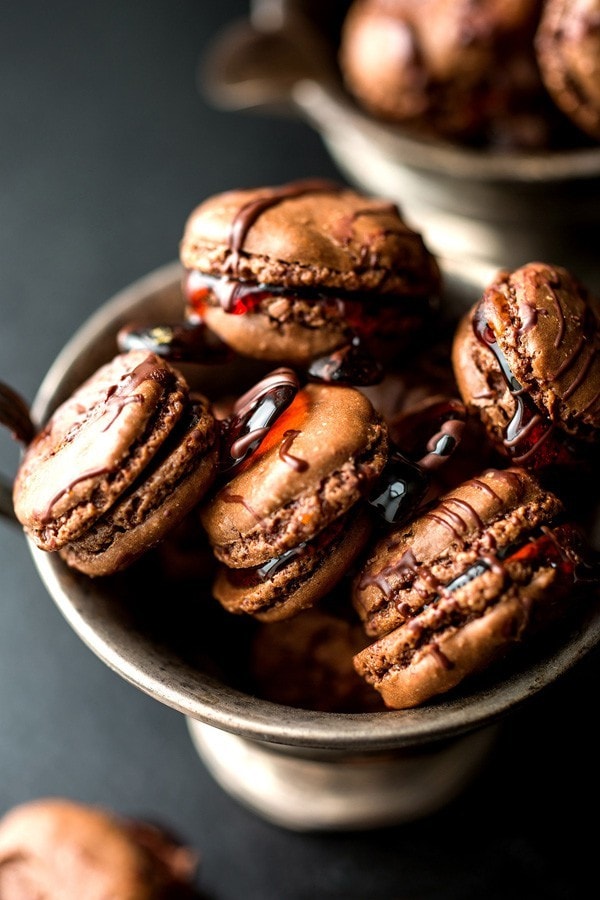
Photo by Andrew Scrivani
What inspires you about working with food?
Food is omnipresent. It is and will always be a huge part of our lives, our cultures, our relationships and our psychology. I keep a running list of food-related terms in my phone. I look at it and occasionally add to it when I think of another way food touches our lives. I don’t think it is just about making beautiful images. It’s also about telling compelling stories either about food or about people, and food happens to be the canvas to tell the story on.
What are the main challenges of being a food photographer?
Space is always an issue for new photographers in my experience. Learning how to use the space you have, the light that is available to you, is paramount. The camera settings seem to be another daunting task for many new shooters. I advise new photographers to learn the gear they have, no matter what it is, inside and out. Once you can absolutely master one camera you have the capacity to master any camera. This alleviates anxiety and opens up your ability to learn better.

Photo by Andrew Scrivani
How often are you working with a food stylist? How much do you style yourself?
I work with a stylist most of the time these days. I have relationships with a half dozen talented food stylists who rotate and work with me regularly at my studio. I will occasionally style the food myself, but it’s usually things that are either quick to assemble or baking assignments. I like to bake.
What is the relationship with a food stylist like on set? How do you ensure the relationship works and produces good photos?
In my studio, I hire the stylists, and even though I always see the relationship as one of mutual respect and collaboration it’s clear who is ultimately responsible to the clients. As the photographer, I am the person who has his name on the photo and has to interface with the editors and creative directors.The stylists are integral to my work, but it’s still my job to direct the shoot and make sure my vision and the vision of the assignment as being realized.
Good communication is key to having good working relationships. I have great respect for the artistry of food and prop stylists and I make sure to express that on set. I also try to respectfully explain when I am not happy with something that comes out of the kitchen. I try to problem-solve and not point fingers. These jobs are hard at times and require patience and understanding to make consistently good work.
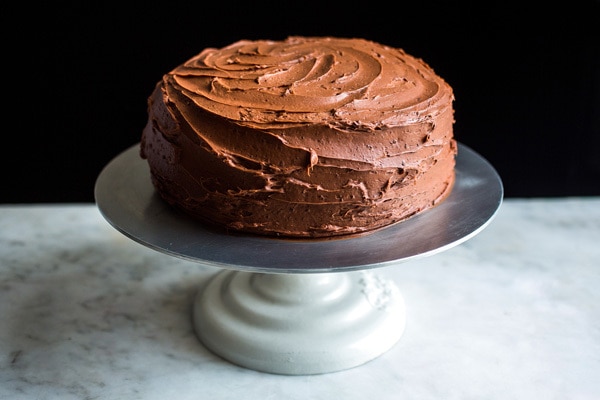
Photo by Andrew Scrivani
What tips do you have for photographers who are not working with stylists?
Take your time and hurry up. I know this is an oxymoron but what I mean is you need to train your eye to recognize small issues with the subject really quickly. You see that brown spot on the fruit or the imbalance in a plated dish and make the correction quickly before the food dies on the table. It’s hard, but the longer you do it the faster you get.
Also, you need to try to resist the urge to be the photographer before you are done being the stylist. You need to use one part of your brain at a time. If you rush into the shot you will miss something and then be disappointed.
What is essential in a styling and lighting kit for food photographers?
For Styling, chopsticks, tweezers, a spray bottle, basting brushes, Q-tips, a ruler, good sharp knives, a few good pairs of scissors and always have a bottle of oil for glossing the food.
For lighting, you always need a few different light scrims and bounce cards both black and white in all different sizes. For manipulating daylight these things are essential. Also some rolls of gaffer’s tape (B+W), some cinefoil and a few A-clamps.
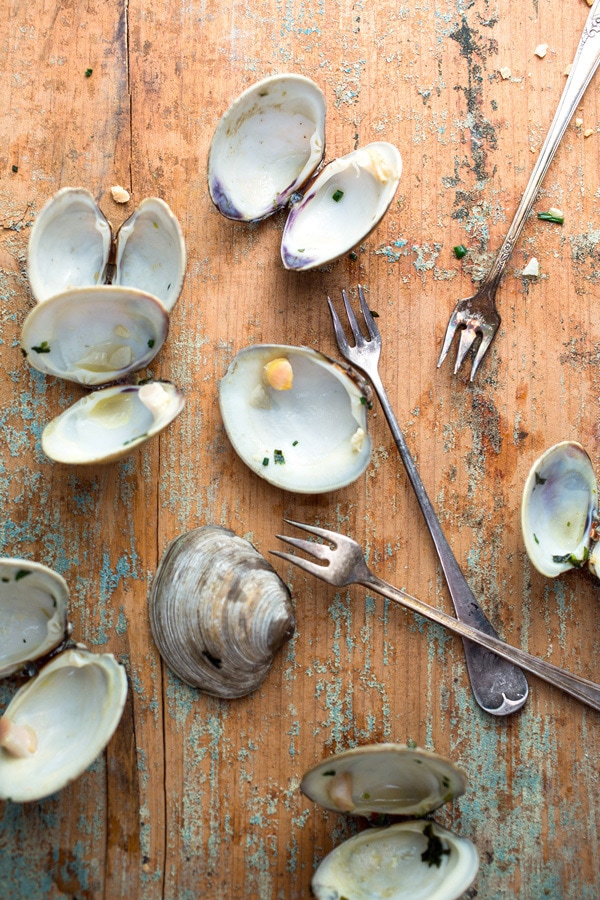
Photo by Andrew Scrivani
What advice do you have for aspiring food photographers? How can they improve their skills and build a portfolio?
The one thing that seems to be very consistent among young photographers when I review their portfolios is a lack of specificity. Young shooters tend to be all over the map, shooting in multiple genres and not really showing a specialty. In my experience, once you have committed to a particular area of photography you are able to refine what you do and get better at that particular thing.

Photo by Andrew Scrivani
Also, then when you show your portfolio to a potential client they know who and what they are hiring. An editor should be able to tell if they like your work, your style and your focus within the first five frames in your book or website. If your work lacks a defined style and direction you will not get hired for good jobs.
For more tips to leverage your food photography skills to connect with the food clients you want, check out our guide, The Professional’s Guide to Food Photography.



